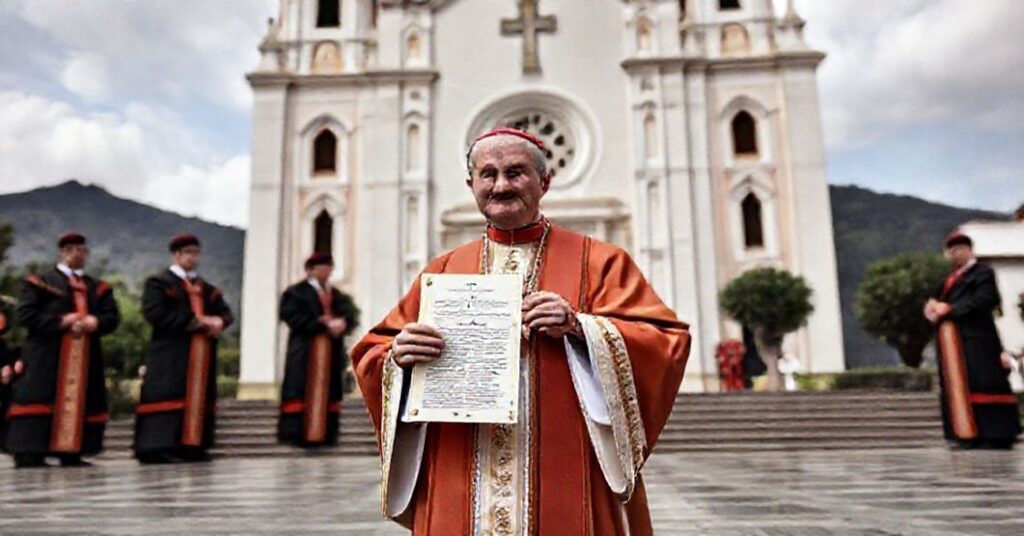Veterum Sapientia (1962.02.22)
The constitution “Veterum Sapientia” of antipope John XXIII solemnly praises ancient wisdom, especially Latin and Greek, presents them as providential instruments for the Gospel, exalts Latin as universal, immutable, “non vulgar” language of the Roman Church, and issues disciplinary norms to ensure rigorous Latin formation and its use in higher ecclesiastical studies and administration. Ironically, this rhetorical defense of Latin serves as a seductive veil for the very regime that, under the same usurper and his successors, would soon shatter doctrine, worship, and discipline, proving that aesthetic homage to antiquity can coexist with — and camouflage — the systematic demolition of the Catholic faith.










